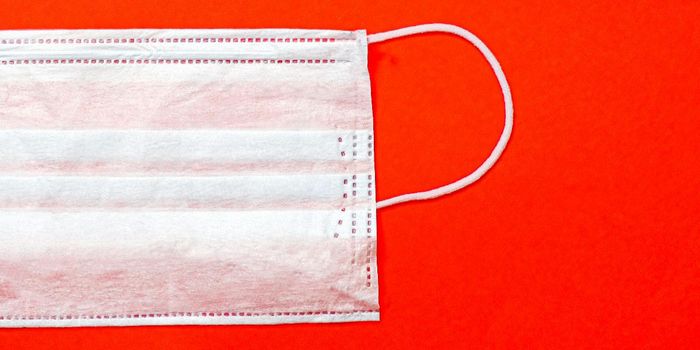Lead Paint Contamination in Military Housing Prompts Investigation
Lead paint is a serious health hazard. The sale of lead paint was banned in the United States in 1978, so homes built before the ban are likely to have at least some lead paint. Wooden window frames, walls, and exterior surfaces where lead paint was used eventually break down, from wear and tear and this can cause lead dust to be in the air. Paint that chips off surfaces is also a hazard because young children sometimes chew on surfaces while playing or get residue on their hands which can pass into the bloodstream through mucous membranes in the mouth, nose, and eyes.
A recent report by Reuter’s showed that Army housing at Fort Benning, GA, was contaminated by lead paint. The post is home to the soldiers serving in the infantry and families who live in base housing were at risk. Several families with small children saw their kids start to slide, developmentally and have learning issues and behavioral problems. The problem is not confined to just one post. After finding homes at Benning that were contaminated with lead paint, more testing, as part of Reuter’s exclusive investigation, revealed the problem is more widespread than one base. Lead paint was found in post housing at West Point, where the front door of a family’s home had 19 times the legal limit of lead, and Fort Knox in Kentucky, where a covered porch where children played had paint containing 100 times the legal amount of the toxic metal. Paint is considered lead-based if it contains 0.5% or more of lead, by weight.
According to Army medical records obtained by Reuters, there were 31 young children at Fort Benning who had elevated levels of lead in their blood over a six-year period. The CDC sets the threshold for serum blood levels at five micrograms per deciliter. When a blood test comes back with levels higher than that, the CDC says the protocol to mobilize a public health response to mitigate the exposure. That didn’t always happen in military housing. Families move around a lot and, according to the Reuter’s piece, are often hesitant to speak up to military leaders about it. Much of the housing on military bases is older, and homes can have painted surfaces that contain lead.
High lead levels were also found in children at Fort Polk in Louisiana, Fort Riley in Kansas and Fort Hood and Fort Bliss, both in Texas. CDC records show that nationwide, there were over 1,050 cases of elevated lead levels in children who lived in Army housing. To read the full report by Reuter’s, click here (https://www.reuters.com/investigates/special-report/usa-military-housing/) Lead is a neurotoxin that is known to cause brain damage and learning difficulties in small children, as well as other health hazards to anyone who is exposed to lead. As a result of the media attention on lead levels at military housing, the Army is developing a plan to test more than 40,000 homes for lead contamination. Check out the video below to learn more.
Sources: Reuters, Centers For Disease Control, Mayo Clinic









